Dec 27th 2022 - Monica Cunanan
What Is a Pastry Blender? What is it For?
Butter is frequently rubbed or chopped into flour mixtures for flaky pastry. The butter must be mixed into the dough in small chunks but not entirely. There are numerous ways to accomplish this, such as the conventional method of physically rubbing the butter into the flour using your fingertips and then pressing it into small pieces with floured fingers. The drawback of this approach is that you have to move rapidly to prevent the butter from warming up and melting. That is where a pastry blender comes into the picture. Read on to find out more about this magical kitchen instrument.
What Is a Pastry Blender?
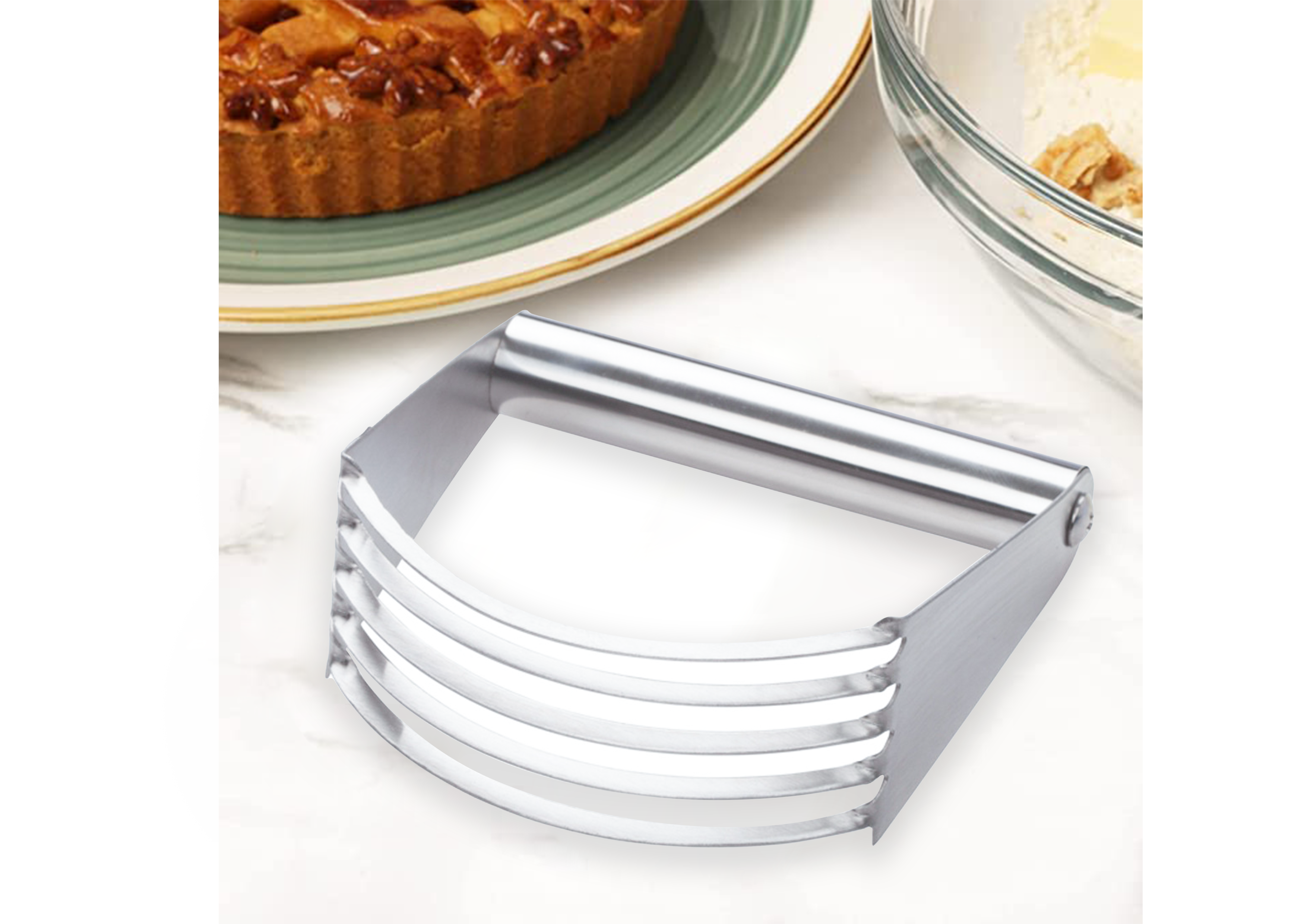
The same small hand instrument used to combine the butter into flour to make pastry dough goes by the names of both a pastry cutter and a pastry blender. The handle of this instrument is attached to a number of looped metal strips or wires. To achieve the desired texture, you must repeatedly push this tool into the butter and flour combination.
Model Featured: Winco PST-5B Economy Pastry Blender
Uses of Pastry Cutter or Pastry Blender
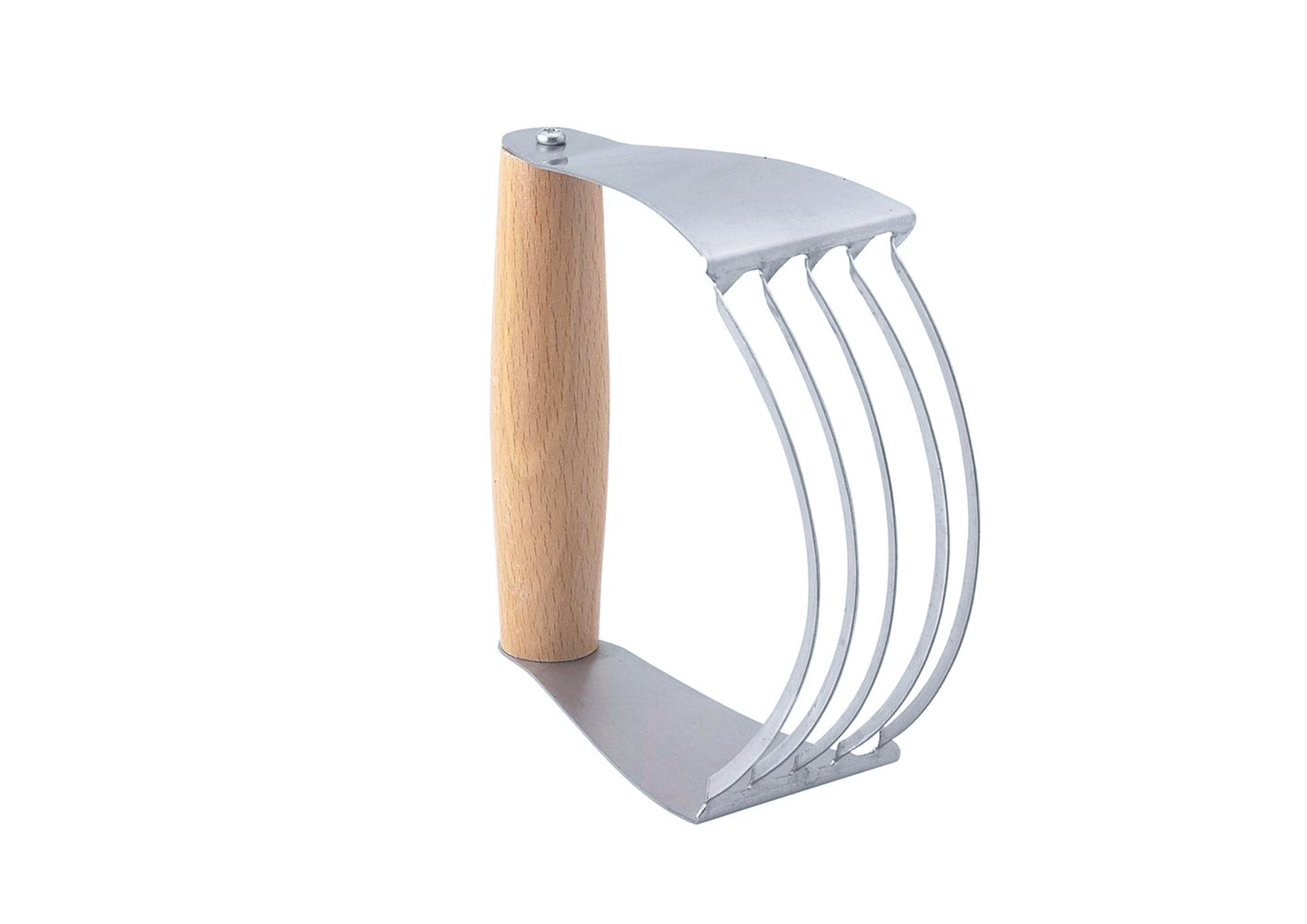
The butter (or other fat) is expected to be sliced into tiny bits. It is then spread throughout the dry ingredients rather than mixed into them, which is why recipes call for the use of a pastry cutter. If the butter is correctly incorporated, the finished product will have a crumbly texture and be flaky. In contrast, while producing baked goods like cookies or cakes, the butter and sugar are creamed to a consistent consistency, resulting in a softer, non-flaky product.
The crumbly texture won't be preserved if the butter melts into the flour as you work with it, whether you're using a pastry cutter or one of the substitutes. To ensure that the butter stays in its solid state, use cold butter and avoid stirring the mixture more than is necessary.
Wear latex-free gloves or other food preparation-appropriate gloves. This will help keep the butter cool and as a result, you will be able to handle the butter for a little while longer before your body heat causes it to melt.
Model Featured: Harold Import 9213 Stainless Steel Blade
How to Use a Pastry Blender
Always start by cutting your butter into cubes that are about an inch in size. Start chopping the butter into the dry ingredients as soon as it is added. Avoid leaving the butter out while taking care of other things because it could get too soft and make it more likely that you'll overmix it. Once you begin incorporating the butter, continue doing so until the mixture reaches the consistency specified in the recipe.
More information on how to use a pastry blender or beater is provided below:
Step 1: Cold Butter
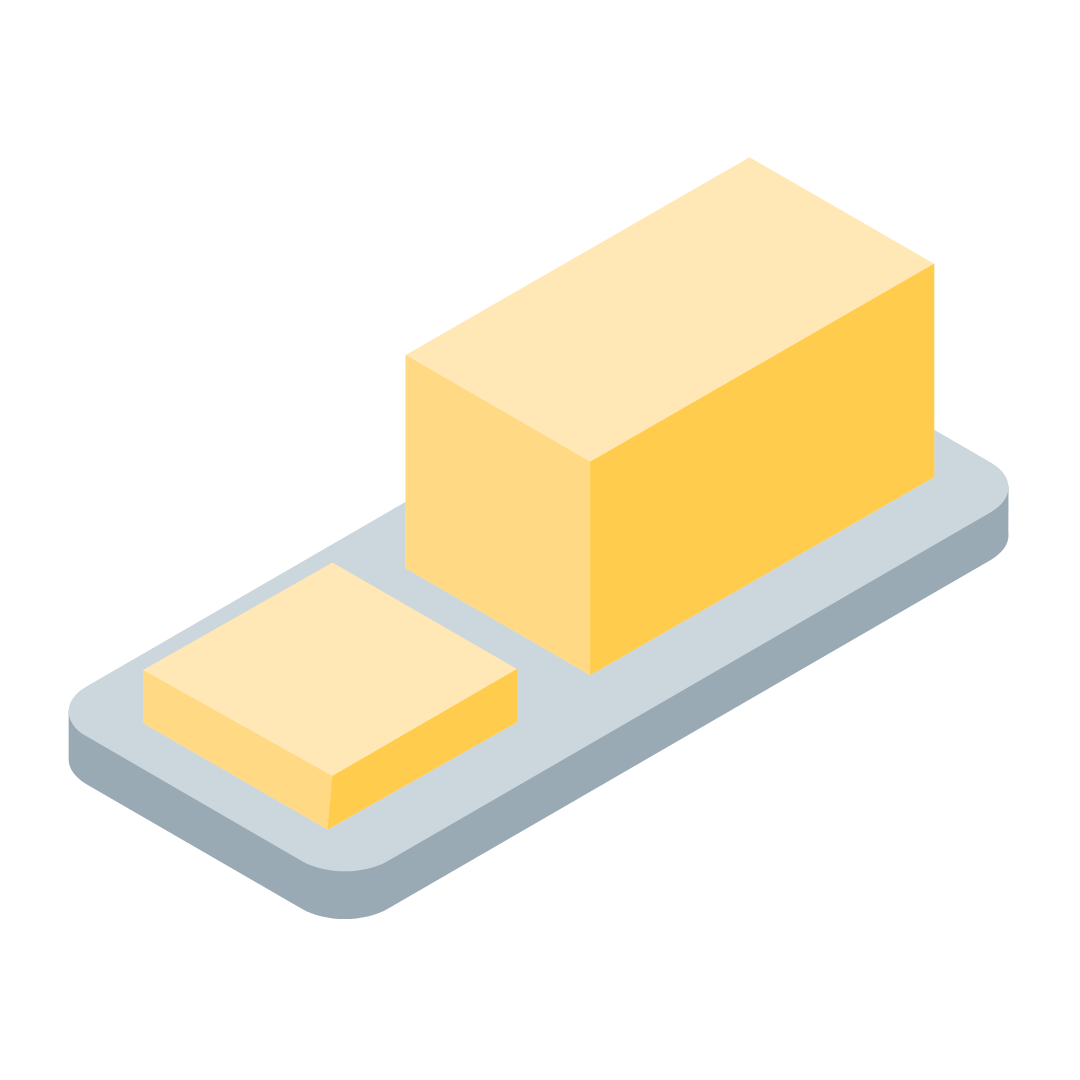
When you place the pastry in the oven, the butter chunks should still be solid. Start with very cold butter to avoid the butter from softening too much.
Step 2: Mix Cubed Butter to Dry Ingredients

- Cube the chilled butter.
- Put it back in the fridge while you get the dry ingredients ready. Flour, sugar, and salt are among the dry ingredients.
- Add them to your bowl and immediately combine.
- Then top with your chilled, cubed butter. Start cutting right away.
Step 3: Mix
It might be necessary for you to pause and remove the butter from your tool. Keep mixing and the butter will eventually separate on its own.
Step 4: Make Sure Not to Overmix
You don't want to fully integrate the butter into the dry ingredients. Keep in mind that you are aiming for little, whole chunks of flour-coated butter. Keep an eye on your progress as you work to ensure that you don't push yourself too hard.
Pastry Cutter Substitutes
Forks
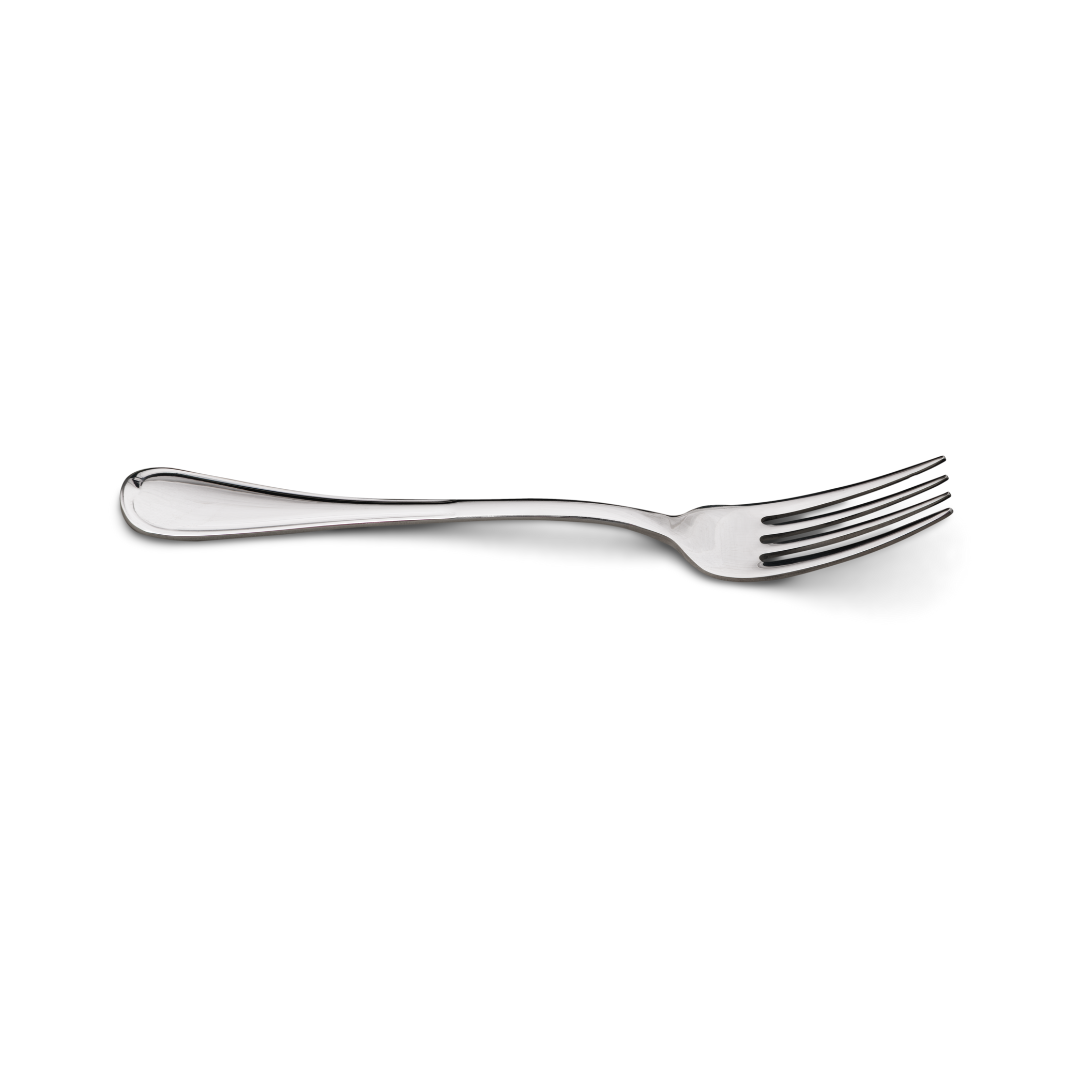
- Press the forks into your fat source and flour.
- Mashing them into a crumbly consistency to easily mimic the action of a pastry cutter.
Cheese Grater
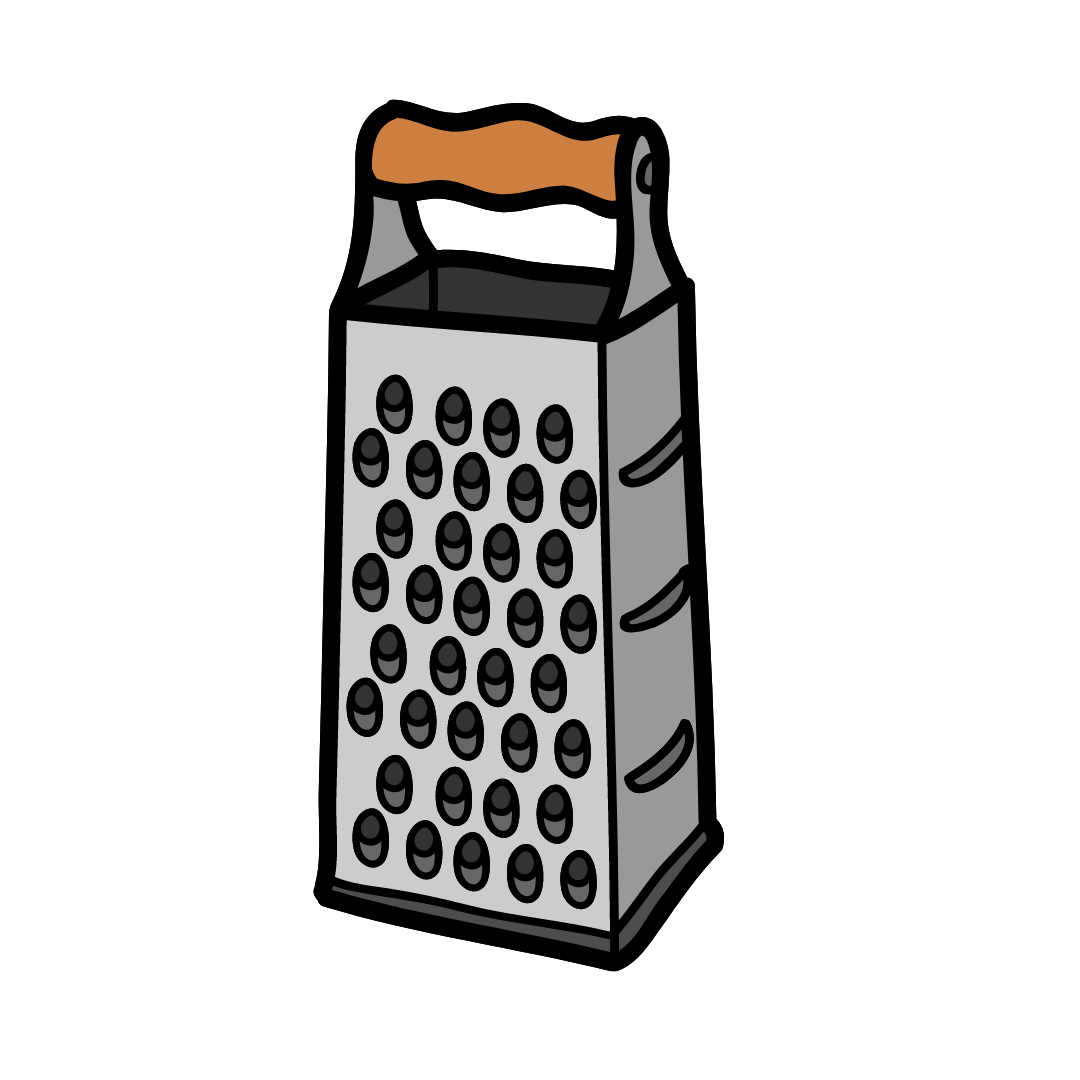
Want to make apple pie but don't know how to combine the butter and flour without a pastry cutter? Consider using a cheese grater instead.
- To make incorporating your cold fats into your flour mixture easier, grate them over the flour first.
- Finish combining the dough with a spoon (or two forks!) after that.
Your Hands

If you're still unsure of what to use in place of a pastry cutter, use your hands, which are also built-in baking tools. Although your fingers and hands are ideal for dealing with and mixing dough in a pinch, this won't be the most hygienic option for a pastry cutter. You'll need to be cautious of how long you're mixing because the warmth from your hands might affect your fats and, consequently, your finished dough.
Food Processor
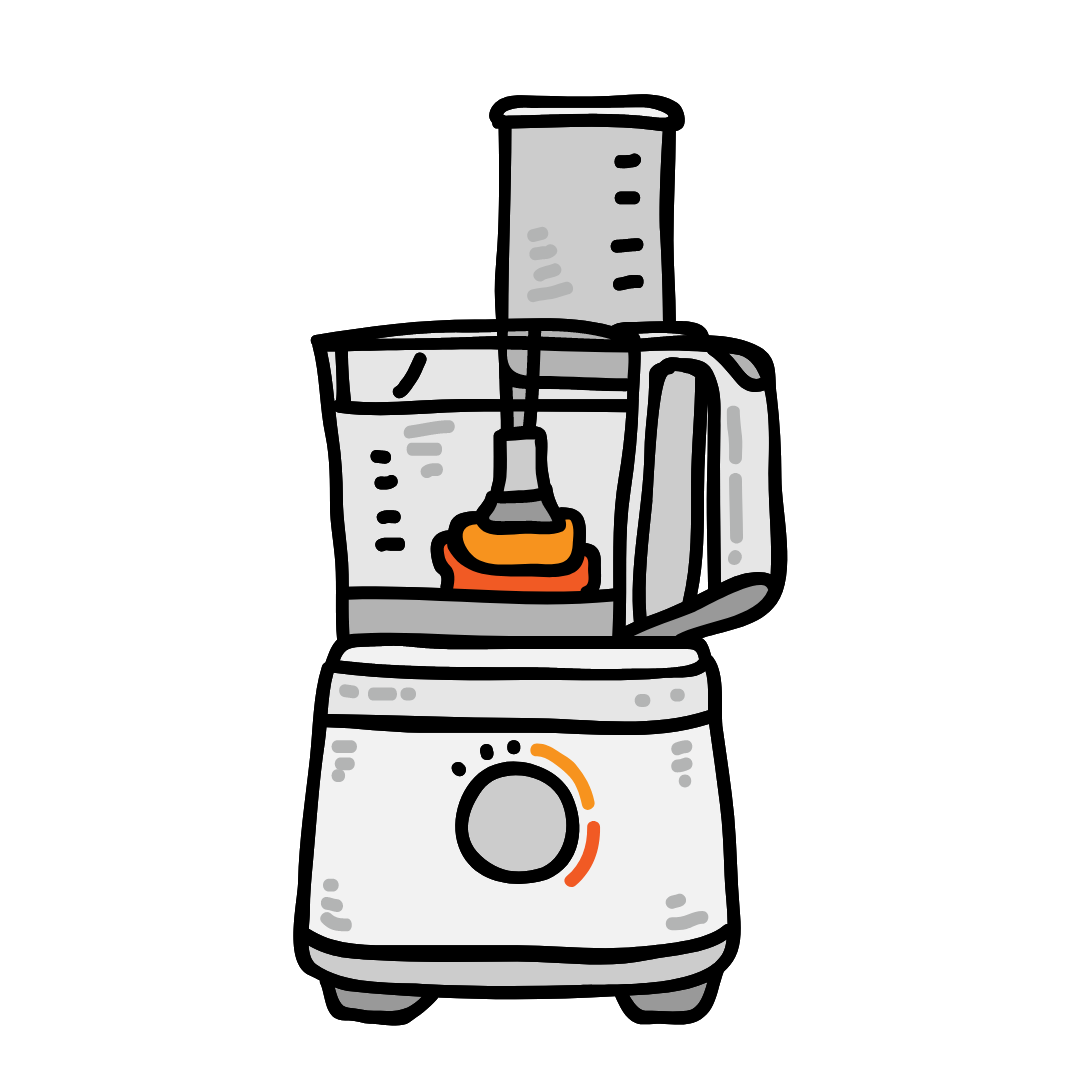
Pie crust and other pastry doughs can be made using a food processor and this ensures a quicker, more hands-off method.
- To avoid over-processing, pulse the ingredients in the work bowl in brief bursts.
- You can choose a food processor size to fit your recipes
Food processors are also great for chopping butter into sugar, oats, and more for crumb toppings in recipes.
Read More: How to Choose the Best Commercial Blenders for Your Restaurant
Recipes That Use a Pastry Blender
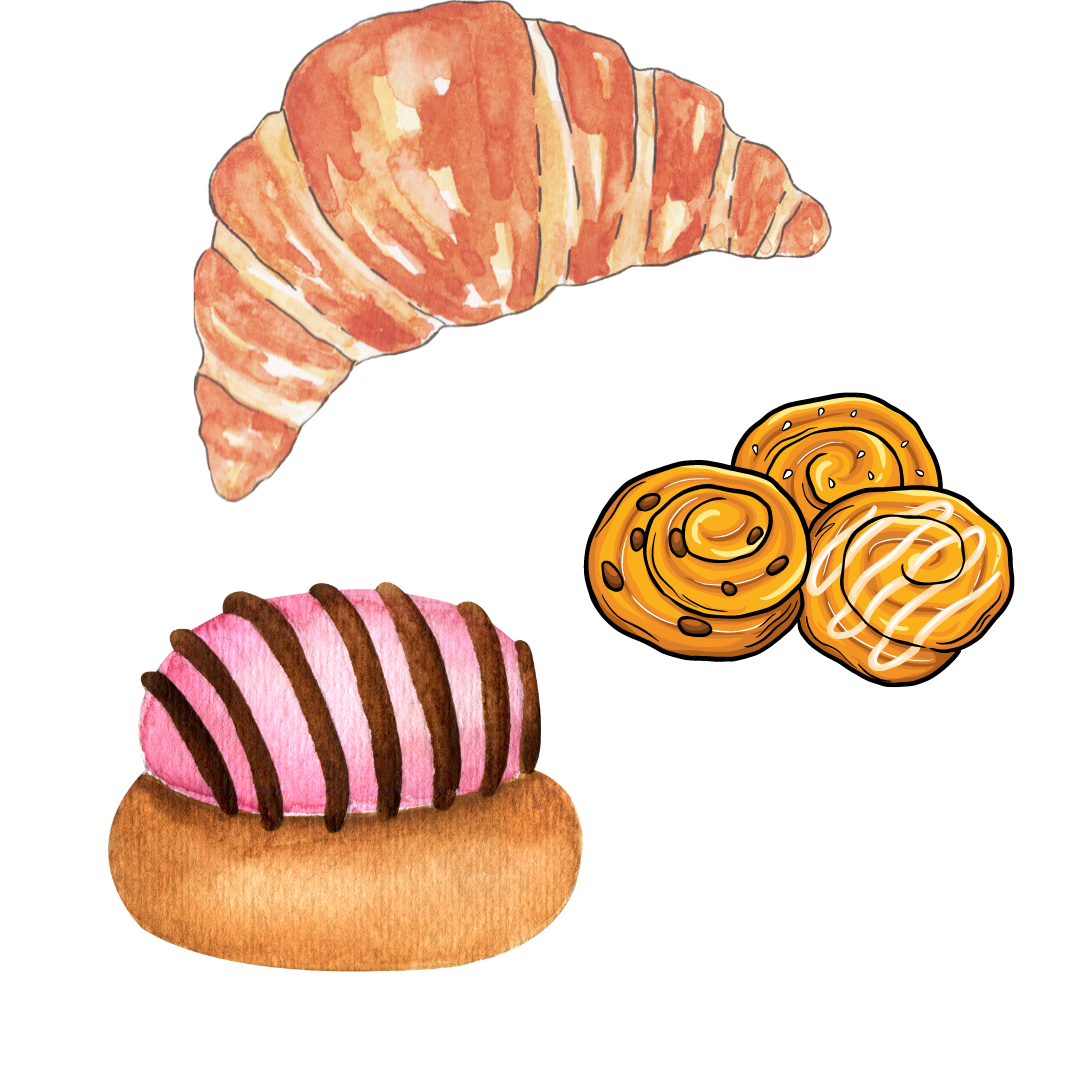
Flaky, buttery pastry is used as an envelope to envelop the unique flavors of cuisines from all corners of the world.
- Try making meat and cheese empanadas! Season it with smoky paprika and poblano peppers.
- Make flaky biscuits to serve up the hearty comfort of southern food.
- You can make a virtually unlimited variety of pastries at home! From light and flaky savory galettes to rich and buttery bite-sized tart crusts

